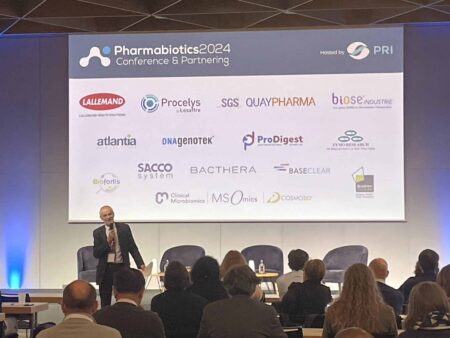This week PRI Microbiome Project Manager Céline Druart (PhD) will speak at Hanson Wade’s Microbiome Movement Drug Development Europe event. Her presentation is titled, “Exploring the EU Proposal for a new SoHO Regulation and the Impact on Microbiome-based Medicinal Product Development.”

Human Microbiomes will be regulated as Substances of Human Origin (SoHO)
New SoHO Regulation Proposal is a move towards improved harmonization – regulation’s scope
Cited directly from the regulation proposal, “…substance of human origin (SoHO) means any substance collected from the human body in whatever manner, whether it contains cells or not and whether those cells are living or not…”. According to this new definition, SoHO includes all substances collected from the human body:
- All cells: eukaryotic or microbial
- Cells, living or not – this includes viruses, independent of their “living” status…
- All human microbiome samples – gut as well as any other human microbiome
Another key aspect to this regulatory proposal, which is still under discussion between the Council of the European Union and European Parliament following the publication of the first draft of the legislation (14 July 2022), is that it is being drafted as a Regulation, rather than a Directive, which means that once it will come into force, it will be applicable in all EU Member States, and supercede any existing national statutes (Read more about the difference between an EU Regulation and EU Directive here).





